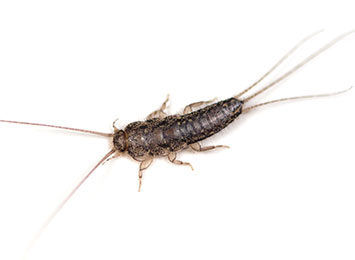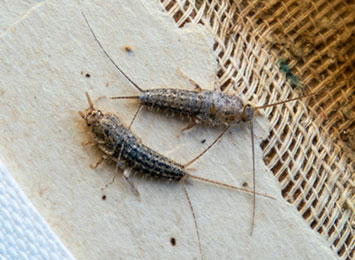Silverfish are never a pleasant sight. They tend to hide in areas that aren’t frequently disturbed, and they can be a nasty surprise to an unsuspecting person. They don’t bite people and don’t usually cause much damage, but many people find them pretty gross. Like any other pest, having a high number of silverfish around your business simply isn’t a good look.
If you need silverfish control services, contact the Assured Environments team. We’ll be there to take a look ASAP.



